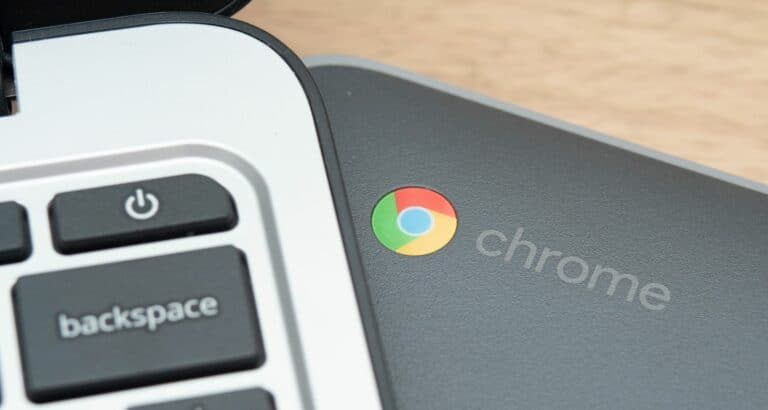Google launched ChromeOS Flex, a variant of ChromeOS for Windows PCs and Macs.
ChromeOS is reserved for Chromebooks. The operating system has its pros, but to be benefit from that, you’ll have to invest in a Chromebook. At least, that was the case.
ChromeOS Flex recently became available. The operating system is largely similar to ChromeOS. The main difference is that Windows PCs and Macs are supported.
Installation
Installations are performed through a USB drive. You’ll need a USB drive of at least eight gigabytes, but beyond that, ChromeOS Flex is free. A paid Chrome Enterprise license is required to manage multiple devices in a business environment.
Google shared an installation guide on its website. After going through the steps, the USB drive can be plugged in to install the operating system on a device. ChromeOS Flex prompts you to sign in to a Google account. The operating system makes heavy use of the cloud, just like ChromeOS. Users are relatively safe and devices consume little power.
The biggest advantage
The downside is that you’re limited to web apps. Applications must run in the cloud to function. employees that exclusively depend on popular software won’t run into problems. However, from the moment you require a heavy application that lacks a web version, ChromeOS Flex becomes worthless.
The operating system wasn’t designed to compete with Windows and macOS. The biggest advantage is that ChromeOS Flex runs on old devices. If you have a few old laptops laying around that are no longer supported by Microsoft, ChromeOS Flex makes it possible to still safely use them.
The operating system is certified for more than 400 Windows devices. The list includes many old models. According to Google, ChromeOS Flex was designed to reduce e-waste.
